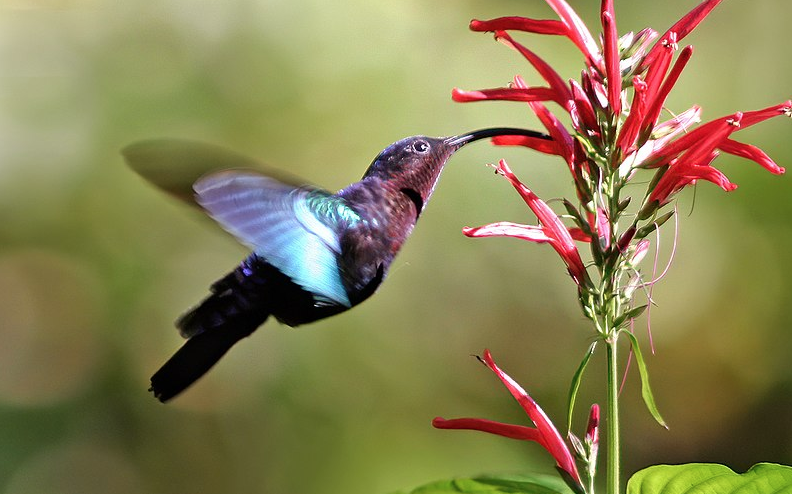News And Advice From The Leading Thousand Oaks Tree Trimming Company
As you go about your yardwork you’ve undoubtedly noticed the number and assortment of bugs in your trees and bushes. You might not give them much thought, or might just consider them pests, but insects are actually a collection of “good” and “bad” bugs. The bad ones can do some real damage. On the other hand, the good ones can be remarkably beneficial

The notable thing about insects in general is that we generally pay attention to them only when they’re creating a problem. Then we go into full attack mode. But there’s actually a better way to do battle with bad bugs — that’s by supporting good ones, which is a natural way to keep the bad ones at bay.
Beneficial Bugs and Their Friends
While some insects are on our side because they live to attack bad bugs, it’s better to take a broader view and see how not only insects but other creatures are beneficial to your yard’s overall health. In this sense there are three types of good guys: pollinators, predators and parasitoids.
Pollinators include the obvious ones such as bees and butterflies but they also include come charming helpers such as hummingbirds. Add in a collection of beetle species and wasps and you begin to get an idea of how big a job pollination is.
Predators capture and consume other insects. They’re essential components in the cycle of life, and in that sense they’re all “good.” From the gardener’s perspective, though, “good” ones are those that eat pests that can harm our trees and landscape. So, count in this category friends such as ladybugs, who love to dine on scale insects — which are responsible for a lot of damage to fruit trees — and aphids.
Parasitoids are generally less well known that pollinators and predators, but they can play a positive role in your garden. Using parasitoids is more cost effective than using pesticides, but it’s important to note that using these natural enemies of pests is a way to reduce rather eliminate pests. Common parasitoids include a variety of wasps that are bred to control whitefly in greenhouses and another wasp which preys on caterpillars of butterflies and moths.
A Well Balanced Yard
You can think of your yard as its own ecosystem, filled with trees and landscaping populated with predators and prey. Your job is to make sure the system is in balance. Here are a few ways to do exactly that
- Plant sunflowers. Beneficial insects such lady bugs and lacewings love sunflowers and do a wonderful job battling pests.
- Invite the birds. Birds help any yard by simply maintaining the proper balance of insect population. One thing to remember about birds, though, is that for them there are no “good” and “bad” insects — everything is a meal. But that is part of the balance of nature.
- Remember your hedges. Trees and lawn are beautiful parts of any yard, but there’s more to a well balanced yard than that. Hedges can not only give your landscape some protection from high winds, they also provide a habitat for insects to live. And remember that hedges can include flowering shrubs, which are good for your pollinators.
- Think flowers. A colorful flower bed or border filled with perennials and annuals is a great way to attract and provide cover for beneficial insects. If you’re dealing with a particular type of pest, you can make your flower bed even more helpful by choosing plants that attract the appropriate predator.
Hummingbird photo courtesy Sharp Photography.

